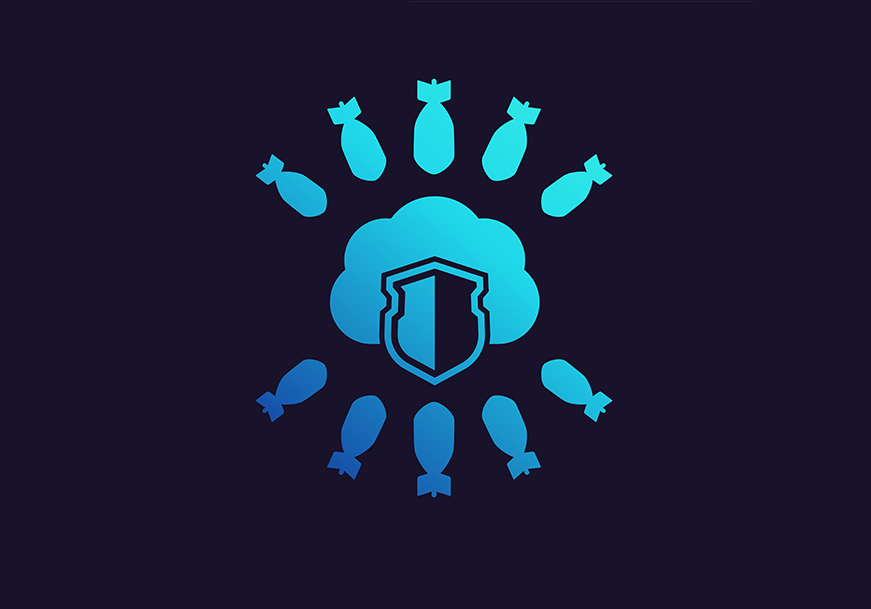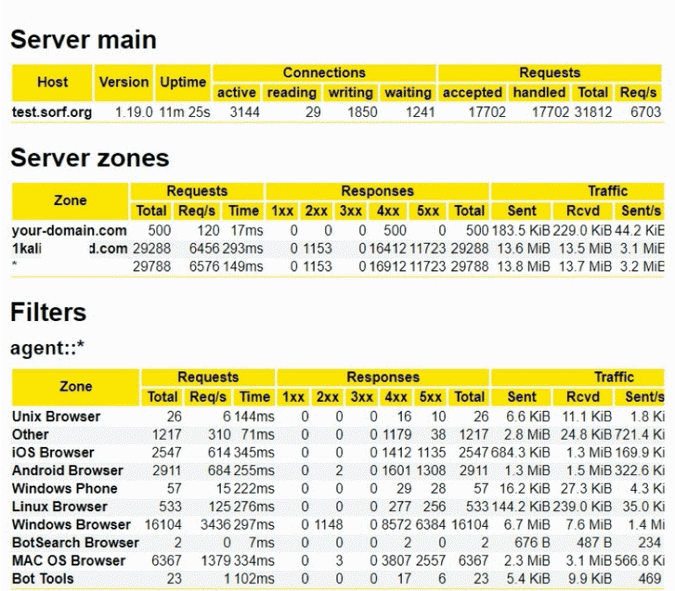

- Minecraft ddos attack tool registration#
- Minecraft ddos attack tool Pc#
- Minecraft ddos attack tool Offline#
- Minecraft ddos attack tool series#
- Minecraft ddos attack tool tv#
Mirai was another iteration of a series of malware botnet packages developed by Jha and his friends.
Minecraft ddos attack tool Offline#
He also was big Minecraft player, and one of the quirks of the Minecraft economy is that there's good money to be made in hosting Minecraft game servers - which leads to running skirmishes in which hosts launch DDoS attacks against their rivals, hoping to knock their servers offline and attract their business.
Minecraft ddos attack tool registration#
He launched a series of minor attacks against his own university's systems, timed to match important events like registration and midterms, all the while trying to convince them to hire him to mitigate those attacks. Paras Jha, an undergraduate at Rutgers, became interested in how DDoS attacks could be used for profit. While much of the malware ecosystem emerges from the murky underworld of Eastern European organized crime or nation-state intelligence services, we actually have names and places to go with this particularly striking attack. Who built Mirai, and what was its purpose?
Minecraft ddos attack tool tv#
In this way, it was able to amass an army of compromised closed-circuit TV cameras and routers, ready to do its bidding.īut let's back up a bit. Rather than attempting to use complex wizardry to track down IoT gadgets, it scanned big blocks of the internet for open Telnet ports, then attempted to log in using 61 username/password combos that are frequently used as the default for these devices and never changed. Mirai took advantage of these insecure IoT devices in a simple but clever way. They also often have no built-in ability to be patched remotely and are in physically remote or inaccessible locations.īy 2017, there were 8.4 billion of these "things" out there on the internet, ripe for the plucking. These devices, ranging from home routers to security cameras to baby monitors, often include an embedded, stripped down Linux system. But another tempting target is out there for botnet builders: Internet of things (IoT) devices, a blanket term for various gadgets that most people don't think of as computers, but that still have processing power and an internet connection.
Minecraft ddos attack tool Pc#
Over the years, PC makers have gotten savvier about building security into their computers. Sometimes commands come from a central server, though more often now botnets have a distributed architecture that makes their controllers harder to track down. Once the PC is compromised, the controller - known as a bot herder - issues commands via IRC or other tools. PCs could be captured either through unprotected network ports or via trojans or other malware, often spread by spam, that would open backdoors attackers could access. Traditionally, botnets are created by compromising home PCs, which often had a number of vulnerabilities. Another common use - and the one the Mirai botnet served - is as foot soldiers in a DDoS attack, in which a target server is simply bombarded with web traffic until it's overwhelmed and knocked offline. The very first botnet was built in 2001 to send spam, and that's still a common use: because the unwanted messages are being sent from so many different computers, they're hard for spam filters to block. Usually these computers have been compromised by some outside attacker who controls aspects of their functionality without the owners knowing.īecause there are many bots, the controllers basically have access to a sort of hacked-together supercomputer that they can use for nefarious purposes, and because the bots are distributed over various parts of the internet, that supercomputer can be hard to stop. If you want to get into the details, check out this primer on the subject, but in a nutshell, a botnet is a collection of internet-connected computers - the "bots" - that are under remote control from some outside party. But to understand it, you need a little background. It's a story of unintended consequences and unexpected security threats, and it says a lot about our modern age.

This attack, which initially had much less grand ambitions - to make a little money off of Minecraft aficionados - grew more powerful than its creators ever dreamed possible. The attack, which authorities initially feared was the work of a hostile nation-state, was in fact the work of the Mirai botnet. On October 12, 2016, a massive distributed denial of service (DDoS) attack left much of the internet inaccessible on the U.S.


 0 kommentar(er)
0 kommentar(er)
